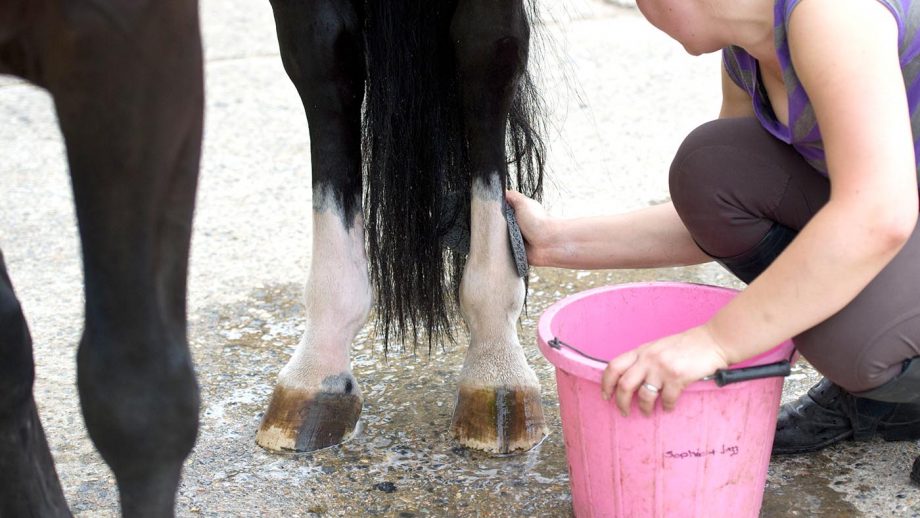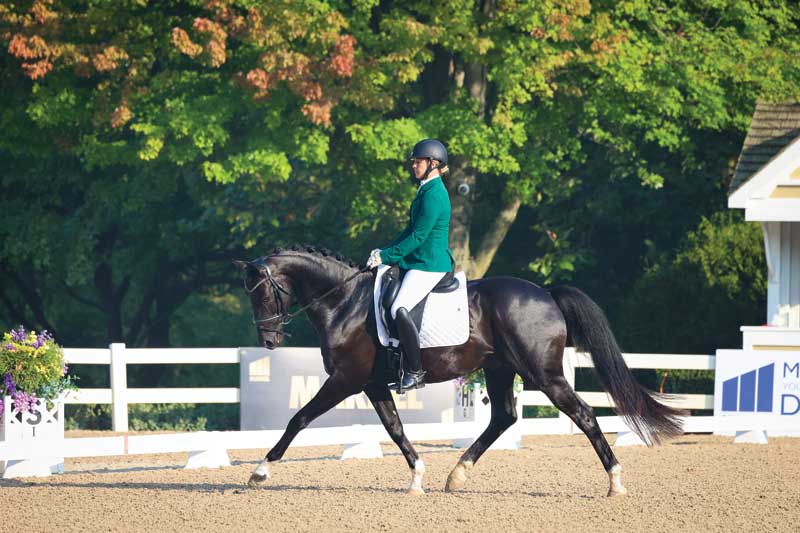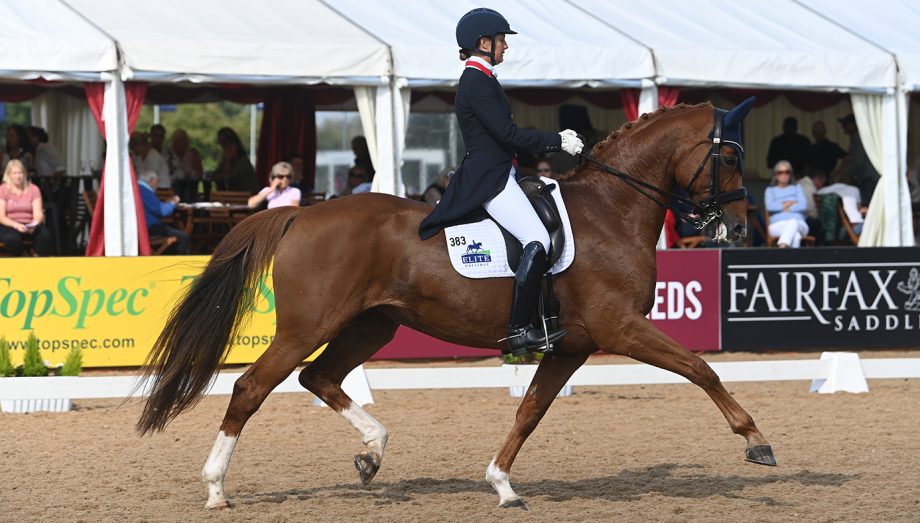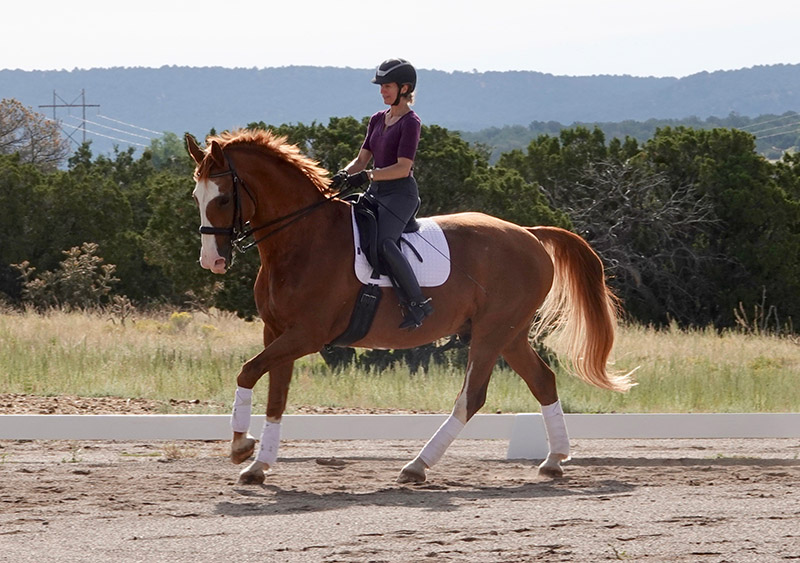Ensuring your horse is clean and comfortable is a vital aspect of horse care. When it comes to grooming, knowing how to rinse a horse after shampooing is crucial. Proper rinsing not only keeps your horse’s coat healthy but also prevents skin irritations. In this guide, we’ll explore the best practices for rinsing your horse after a thorough shampooing session, ensuring their coat remains vibrant and healthy.
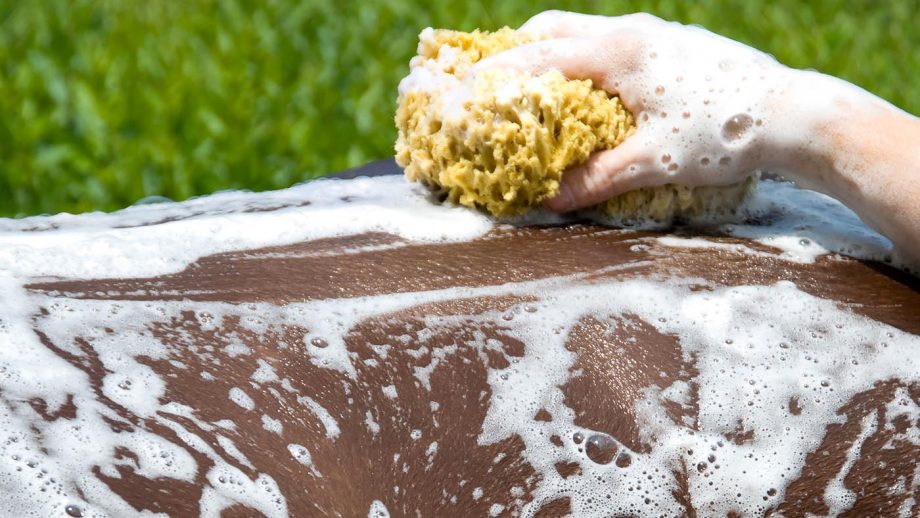
Understanding the Importance of Rinsing
Rinsing is a critical step in horse grooming. It helps to remove soap residue, which can cause itching and discomfort. Additionally, it prevents the buildup of shampoo that might lead to dandruff or other skin issues. Proper rinsing ensures that your horse’s coat remains clean, shiny, and healthy.
Why Proper Rinsing Matters
Leaving shampoo on your horse’s coat can lead to dryness and irritation. This can cause your horse to scratch, leading to further skin problems. Proper rinsing helps maintain the natural oils in your horses skin, promoting a healthy and beautiful coat.
Preparing for the Rinse
Before you begin rinsing, it’s essential to gather all necessary equipment. This includes a hose with adjustable settings, a bucket of clean water, and a sweat scraper. Ensuring you have everything ready will make the process smoother and more efficient.
Essential Equipment
Having the right tools is essential for a successful rinse. A hose with a gentle spray setting is ideal for rinsing sensitive areas. A sweat scraper will help remove excess water and speed up the drying process.
Step-by-Step Guide to Rinsing
To start, ensure your horse is tied securely in a safe area. Begin at the top of the neck and work your way down, using a gentle stream of water. Pay close attention to areas where shampoo tends to accumulate, such as the mane and tail. For a detailed guide on shampooing a horse’s mane and tail, visit shampooing mane and tail.
Rinsing the Mane and Tail
The mane and tail require special attention during the rinse. These areas can trap shampoo, leading to residue build-up. Use your fingers to gently work through the hair, ensuring all soap is removed. If you’re curious about treating horse dandruff, check out this guide on treating dandruff.
Checking for Residue
After rinsing, run your hands over your horses coat to check for any slippery spots, indicating leftover shampoo. If you find any, rinse those areas again with clean water.
Drying Your Horse
After rinsing, its important to dry your horse properly. Use a sweat scraper to remove excess water, then allow your horse to air dry in a warm, draft-free area. This ensures your horse stays comfortable and avoids catching a chill.
Sweat Scraping Techniques
Using a sweat scraper helps remove excess water quickly. Start from the top and work your way down, using long, even strokes. This method is effective in speeding up the drying process.
Common Mistakes to Avoid
Avoid using too much water pressure, as this can scare or irritate your horse. Also, ensure that all shampoo is thoroughly rinsed out to prevent skin issues. For more tips on what to avoid during grooming, visit this external guide on grooming mistakes.
Over-Rinsing
While rinsing is important, over-rinsing can strip the coat of essential oils. Make sure to use just enough water to remove the shampoo without overdoing it.
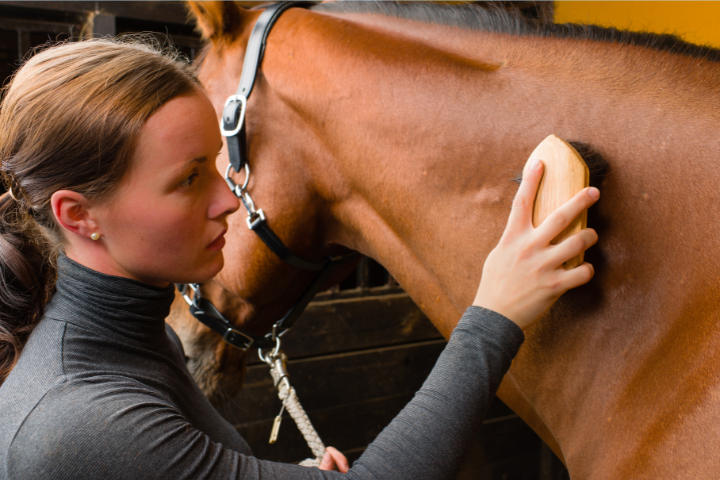
FAQs
How often should I rinse my horse after shampooing?
Generally, a thorough rinse is needed after each shampoo session to ensure all soap is removed. The frequency of shampooing depends on your horses activity level and environment.
Can I use human shampoo on my horse?
Its best to use products specifically designed for horses. Human shampoos often have different pH levels, which can irritate a horses skin. Learn more about choosing the right product here.
What should I do if my horse has sensitive skin?
For horses with sensitive skin, look for mild or hypoallergenic shampoos. Rinse thoroughly to avoid irritation. For more on sensitive skin care, check this external link on shampoo care.
Proper rinsing is an integral part of horse grooming. It ensures your horse remains comfortable and their coat stays healthy. By following these tips, you can master the art of rinsing and keep your horse looking their best.
This article contains affiliate links. We may earn a commission at no extra cost to you.


